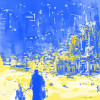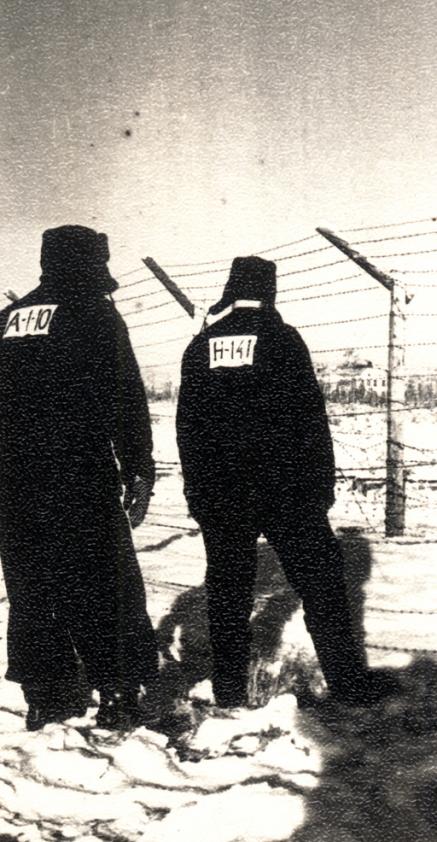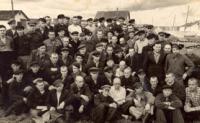ToPics
The CAMP PRISONERS RESIST
After 1944, there were many prisoners in the camps who had been sentenced to long terms of hard labour for taking part in civil and armed resistance against the Sovietisation of Western Ukraine, Lithuania, Latvia and Estonia. The arrival in the camps of these political prisoners with recent experience of war and the underground struggle against Soviet rule played a major role in increasing all sorts of infringements of rules and resistance: group escapes, hunger strikes, work strikes and uprisings. Problems of order and discipline gradually became a major obstacle to the running of the camps and the achievement of production plans.
Once they were in the camps, the political prisoners reorganised their underground networks on national and political-military bases: Ukrainian, Polish, Estonian, Lithuanian and Latvian organisations and those composed of Vlasov army veterans and former Soviet soldiers. The organisations had a number of purposes: disrupting the work of the intelligence officers by eliminating informers, gaining the respect of the administration and professional criminals, helping the weakest prisoners when they left the isolation blocks or discipline huts, and reacting against the abuses of local administrations by organising acts of resistance.
Many acts of resistance occurred in the camps before Stalin’s death, but it was during the summers of 1953 and 1954 that the uprisings were most significant – in the special camps of the Gorlag (Norilsk), Rechlag (Vorkuta) and Steplag (Kengir) – and posed major difficulties for the system.














